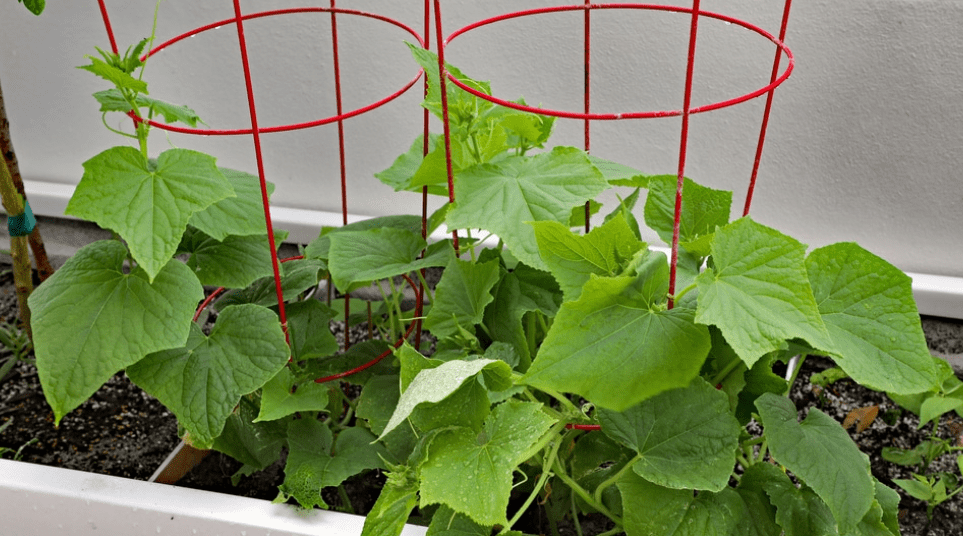
Growing Cucumbers Indoors: A Complete Guide for Home Gardeners
Growing cucumbers indoors can be a rewarding and enjoyable experience for home gardeners. Whether you have limited outdoor space or simply want to enjoy fresh cucumbers year-round, this complete guide will provide you with all the information you need to successfully grow cucumbers indoors. From choosing the right variety to providing the proper care and maintenance, this article will cover everything you need to know to have a successful indoor cucumber garden. Get ready to enjoy delicious, homegrown cucumbers right from the comfort of your own home!
Table of Contents
ToggleUnderstanding Cucumbers
1.Types of cucumbers suitable for indoor growing
There are several types of cucumbers that are well-suited for indoor growing, such as compact or dwarf varieties. These varieties are ideal for small spaces and can be easily trained to grow vertically. Some popular types include Persian, English, and pickling cucumbers.
A.Slicing cucumbers
Slicing cucumbers are the most common type and are perfect for salads and snacking. They come in a variety of sizes and shapes, so you can choose the one that best fits your indoor gardening space.
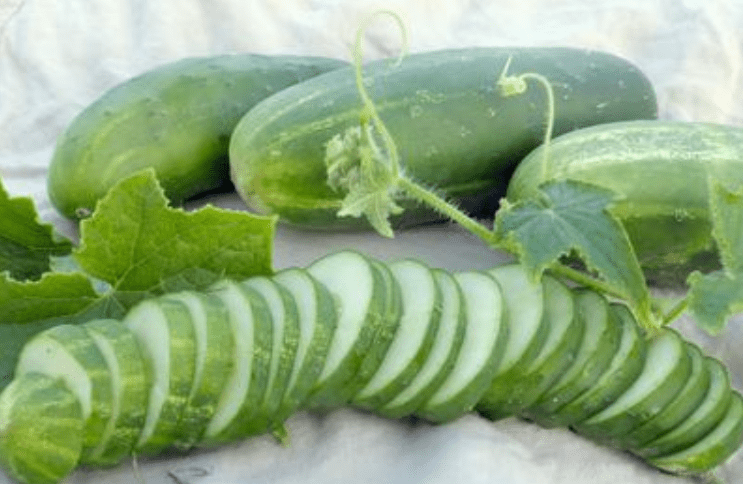
B.Pickling cucumbers
Pickling cucumbers are smaller and have a crisp, crunchy texture that makes them perfect for pickling. They are also well-suited for indoor growing due to their compact size and can be easily grown in containers.
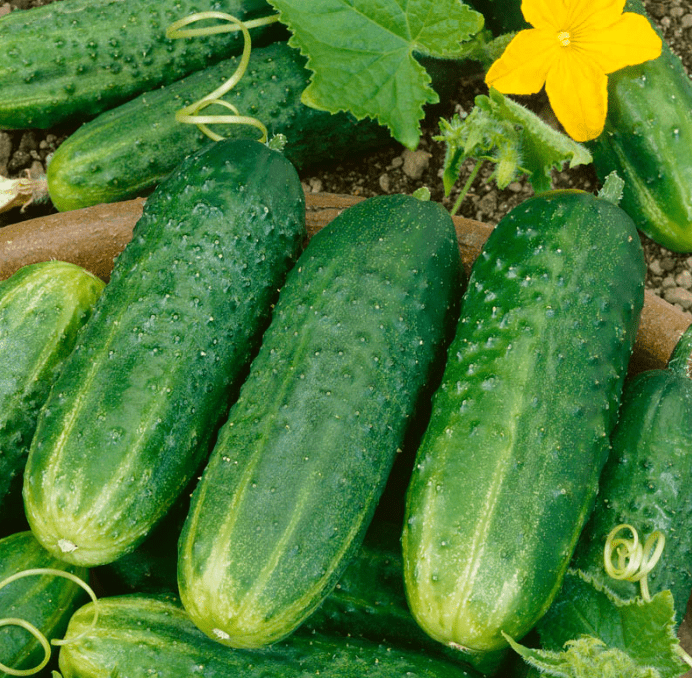
C.Persian cucumbers
Persian cucumbers are known for their thin skin and small seeds, making them a popular choice for indoor growing. They are also great for snacking and adding to salads.
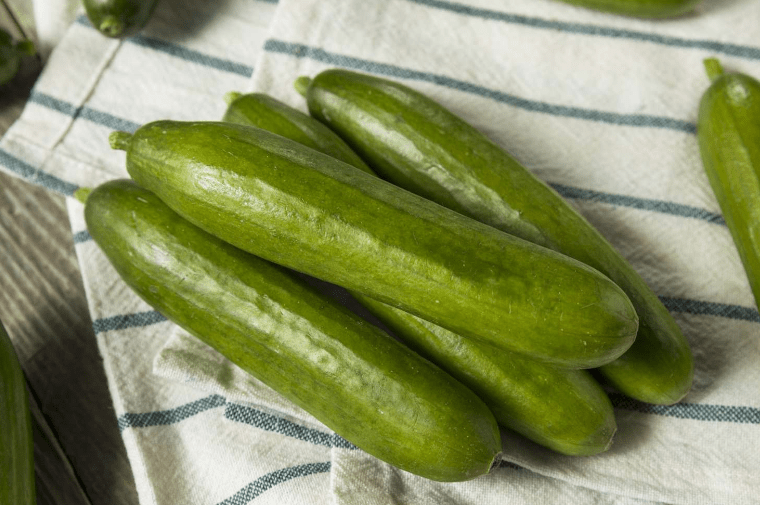
D.English cucumbers
English cucumbers are long and slender, with a mild, sweet flavor. They are perfect for slicing and adding to sandwiches and salads. They are also ideal for indoor growing due to their compact size and ability to grow vertically.
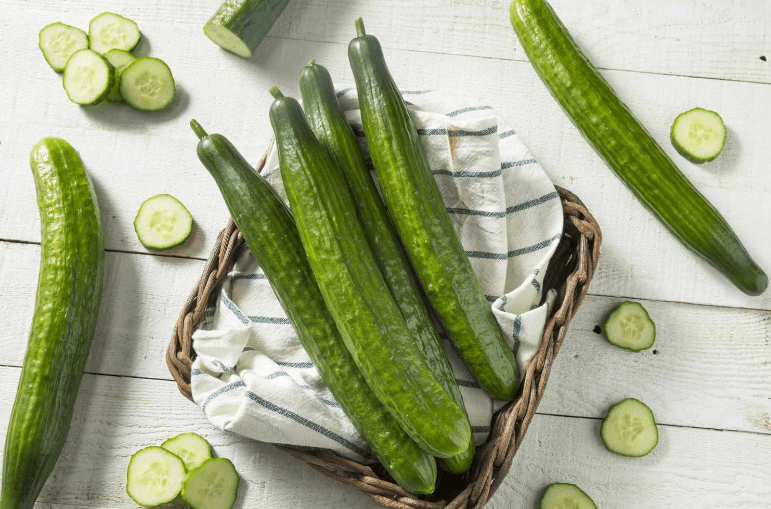
2.Nutritional benefits of cucumbers
Cucumbers are a low-calorie vegetable that is high in water content, making them hydrating and refreshing. They are a good source of vitamins and minerals, including vitamin K, vitamin C, potassium, and magnesium. Additionally, cucumbers contain antioxidants and may have anti-inflammatory properties. They are also high in fiber, which can aid in digestion and promote overall gut health. Overall, cucumbers are a healthy and nutritious addition to any diet.
Preparing for Indoor Gardening
1.Choosing the right cucumber variety for indoors
When choosing a cucumber variety for indoor gardening, it’s important to look for compact and vertical growing varieties. English cucumbers are a popular choice for indoor gardening due to their slender shape and ability to grow vertically. Consider factors such as space constraints and lighting when selecting the right cucumber variety for indoor cultivation.
2.Selecting containers and pots
When preparing for indoor gardening, it’s important to select the right containers and pots for your cucumber plants. Look for containers that are deep enough to accommodate the root system and provide proper drainage. Consider using containers with trellises or stakes to support the vertical growth of the cucumbers. Additionally, make sure the pots are placed in a location with adequate sunlight for optimal growth. Selecting the right containers and pots is essential for successful indoor cucumber gardening.
A.Size and material considerations
Consider the size of the containers and pots when selecting them for indoor cucumber gardening. Larger containers will allow for more room for the cucumber plants to grow and develop. Additionally, consider the material of the containers – plastic, ceramic, or terracotta – and choose one that will provide proper insulation and moisture retention for the plants.
B.Drainage requirements
When selecting containers for indoor cucumber gardening, it’s important to consider the drainage capabilities of the pots. Look for containers with drainage holes or add a layer of gravel at the bottom to ensure proper drainage and prevent waterlogged soil, which can lead to root rot. Proper drainage is essential for the health and growth of cucumber plants.
3.Choosing the right location indoors
Selecting the right location indoors for your cucumber plants is crucial for their growth and development. Choose a spot with adequate sunlight, preferably near a south-facing window where the plants can receive at least 6-8 hours of sunlight per day. If natural sunlight is limited, consider using grow lights to supplement the light. Additionally, ensure the location has good air circulation and is away from drafts or extreme temperatures. Providing the right environment will support the health and productivity of your indoor cucumber garden.
Soil and Planting
1.Best soil mix for indoor cucumbers
The best soil mix for indoor cucumbers is a well-draining, nutrient-rich soil that is slightly acidic (pH 6.0-6.8). A good mix for indoor cucumbers includes equal parts of potting soil, compost, and perlite or sand for added drainage. Additionally, incorporating organic matter such as compost or aged manure can help provide essential nutrients for healthy cucumber growth. It’s important to ensure proper watering and adequate sunlight for successful indoor cucumber cultivation.
A.Organic vs. non-organic options
When choosing a soil mix for indoor cucumbers, both organic and non-organic options can be suitable. However, organic options, such as using compost or aged manure, can provide additional nutrients and promote healthier plant growth. Non-organic options, such as store-bought potting soil, can also work well as long as they provide the necessary nutrients and drainage for the cucumbers. Ultimately, the choice between organic and non-organic options depends on personal preference and gardening practices.
2.Planting seeds vs. transplants
When growing indoor cucumbers, both planting seeds and using transplants can be successful methods. Planting seeds allows for more control over the entire growth process, while using transplants can provide a head start on growth. Whichever method is chosen, it’s important to ensure that the seeds or transplants are placed in a suitable soil mix and provided with adequate sunlight and water for successful growth. Ultimately, the decision between planting seeds and using transplants depends on the gardener’s preference and available resources.
Light and Temperature
1.Importance of adequate lighting
Adequate lighting is crucial for the successful growth of indoor cucumbers. Cucumbers require at least 6-8 hours of direct sunlight each day in order to thrive. If natural sunlight is not available, supplemental grow lights can be used to provide the necessary light. In addition to light, it’s important to also consider the temperature of the growing environment. Cucumbers prefer temperatures between 70-90°F, so maintaining a consistent and warm environment is key to successful indoor cucumber growth.
A.Natural light vs. artificial grow lights
Natural light is always the best option for growing indoor cucumbers, as it provides the full spectrum of light that plants need for photosynthesis. However, if natural light is not available, artificial grow lights can be a suitable alternative. When using grow lights, it’s important to ensure that they are positioned at the proper distance from the plants and are on for the recommended amount of time each day to mimic natural sunlight as closely as possible.
B.Types of grow lights (LED, fluorescent, etc.)
There are a few different types of grow lights that can be used for indoor cucumber growth, including LED and fluorescent lights. LED lights are energy efficient and produce little heat, making them a popular choice for indoor gardening. Fluorescent lights, on the other hand, are more affordable and widely available. Both types of lights can be effective for providing the necessary light for cucumber plants, but it’s important to choose the right type and ensure they are positioned and used correctly for optimal growth.
2.Temperature and humidity control
Maintaining a consistent temperature and humidity level is crucial for the successful indoor growth of cucumbers. It is important to keep the temperature between 70-90°F, as cucumbers prefer warmer environments. Additionally, controlling humidity levels is important to prevent mold and mildew from developing on the plants. Using a humidifier or dehumidifier can help regulate humidity levels to create an ideal growing environment for indoor cucumbers.
Watering and Feeding
1.Watering requirements for indoor cucumbers
Indoor cucumbers require regular watering to keep the soil evenly moist, but not waterlogged. It’s important to check the soil moisture level regularly and water when the top inch of soil feels dry. Be sure to water at the base of the plants to avoid getting the leaves wet, which can lead to disease. It’s also important to use room temperature water to avoid shocking the plants.
2.Fertilizing indoor cucumbers
Indoor cucumbers benefit from regular fertilization to ensure they have the nutrients they need for healthy growth. Using a balanced, water-soluble fertilizer according to the manufacturer’s instructions can help provide the necessary nutrients for the plants. It’s important to fertilize the plants every 2-4 weeks during the growing season, but be careful not to over-fertilize as this can harm the plants. Be sure to water the plants after fertilizing to help the nutrients reach the roots.
Supporting and Training
1.Importance of providing support
Providing support for indoor cucumbers is important to prevent the plants from becoming tangled, which can lead to disease and hinder fruit production. Using stakes or trellises can help support the plants as they grow and keep the fruit off the ground, reducing the risk of rot. It also helps to maximize space and airflow around the plants, which can improve overall health and productivity. Supporting the plants can also make it easier to manage and harvest the cucumbers.
2.Pruning and pinching
Pruning and pinching indoor cucumbers is an important part of maintaining healthy and productive plants. Removing excess foliage and side shoots helps to improve airflow and light penetration, which can reduce the risk of disease and improve fruit production. Pinching off the growing tips of the main stems can encourage the plant to produce more lateral branches, leading to a higher yield of cucumbers. It’s important to prune and pinch regularly throughout the growing season to keep the plants in optimal condition.
Pests and Diseases
1.Common pests affecting indoor cucumbers
Common pests that can affect indoor cucumbers include aphids, spider mites, and whiteflies. These pests can cause damage to the plants by feeding on the foliage and transmitting diseases. It is important to regularly inspect the plants for any signs of pest infestations and take appropriate measures to control them, such as using insecticidal soaps or introducing natural predators like ladybugs. Maintaining good hygiene and removing any affected plant material can also help prevent pest infestations. Regular monitoring and preventative measures can help to minimize the impact of pests on indoor cucumber plants.
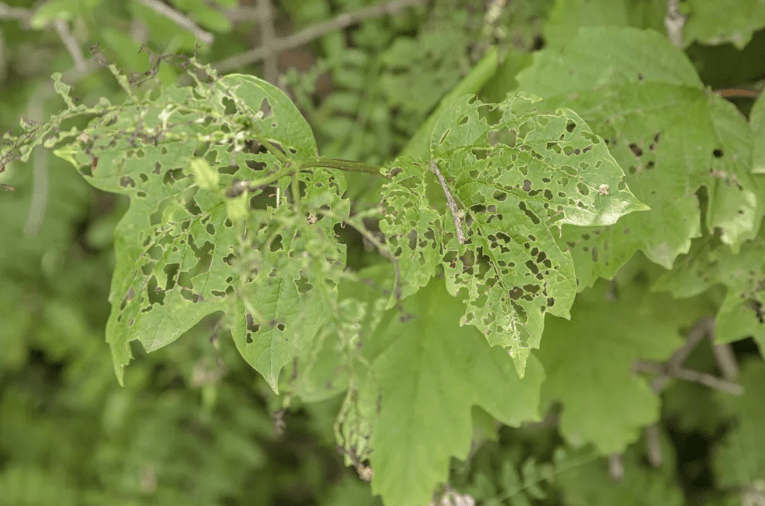
2.Common diseases and how to prevent them
Common diseases that can affect indoor cucumbers include powdery mildew, downy mildew, and bacterial wilt. These diseases can cause yellowing, wilting, and overall decline in plant health. To prevent these diseases, it is important to maintain proper air circulation and avoid overwatering, as these conditions can create a favorable environment for disease development. Additionally, practicing good sanitation by removing any affected plant material and disinfecting tools can help prevent the spread of disease. Using disease-resistant cucumber varieties and applying preventive fungicides can also help to protect the plants from these common diseases. Regular monitoring and early intervention can help to prevent and manage disease outbreaks in indoor cucumber plants.
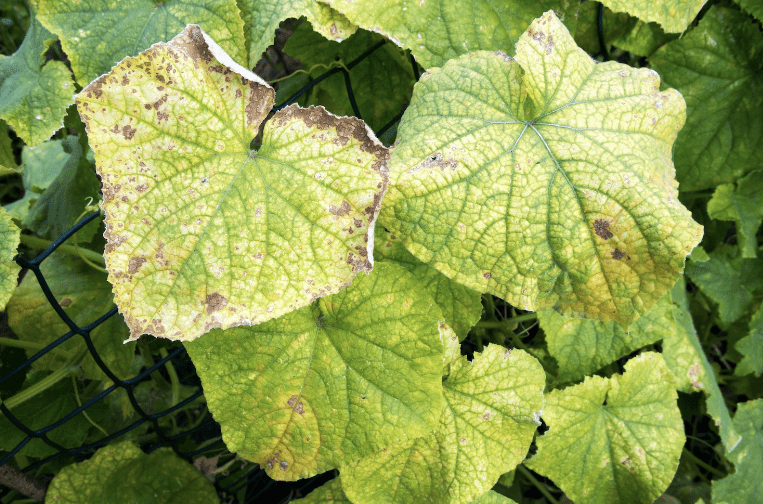
3.Organic vs. chemical control methods
Organic control methods for managing pests and diseases in indoor cucumber plants include using natural predators, like ladybugs or lacewings, to control pest populations, as well as using organic sprays made from ingredients like neem oil or insecticidal soap. Additionally, promoting a healthy growing environment through proper watering, soil management, and plant nutrition can help to prevent pest and disease problems.
On the other hand, chemical control methods involve the use of synthetic pesticides and fungicides to manage pests and diseases. While these products can be effective, they may also have negative impacts on beneficial insects, the environment, and human health if not used properly.
Ultimately, the choice between organic and chemical control methods depends on individual preferences, as well as the specific needs and circumstances of the indoor cucumber garden. It is important to carefully consider the potential risks and benefits of each approach before making a decision.
Harvesting Cucumbers
1.Signs of ripeness and when to harvest
Cucumbers are typically ready to harvest when they are firm, bright green, and about 6 to 8 inches in length. Signs of ripeness also include a slight bumpy texture on the skin and a consistent color throughout the cucumber. It is best to harvest cucumbers when they are still young and tender, as they can become bitter and seedy if left on the vine for too long. Regularly check the plants for mature cucumbers and harvest them as soon as they meet these criteria to ensure the best flavor and quality.
2.Harvesting techniques to avoid plant damage
When harvesting cucumbers, it is important to handle the plants with care to avoid causing damage. Use a pair of sharp garden shears or a knife to cut the cucumber from the vine, leaving a small portion of the stem attached to the fruit. Avoid twisting or pulling the cucumbers off the vine, as this can potentially injure the plant. Gently support the cucumber with one hand while cutting with the other to ensure a clean and smooth harvest. This approach helps to minimize stress on the plant and promotes continued fruit production throughout the growing season.
Troubleshooting Common Issues
1.Yellowing leaves
Yellowing leaves on cucumber plants can be a sign of various issues, including nutrient deficiencies, overwatering, diseases, or pests. It is important to closely monitor the plants and address any problems promptly to prevent further damage. Consider testing the soil to ensure it has the proper balance of nutrients and adjust the fertilization as needed. Additionally, make sure the plants are receiving the appropriate amount of water and sunlight. If yellowing persists, inspect the leaves for signs of pests or diseases and take appropriate measures to control them. It is also helpful to remove any affected leaves to prevent the spread of the issue to other parts of the plant.
2.Poor fruit development
Poor fruit development in cucumber plants can be caused by a number of factors, including inadequate pollination, temperature extremes, or nutrient imbalances. To promote healthy fruit development, ensure that the plants are receiving sufficient sunlight, water, and nutrients. Consider hand-pollinating the flowers if there are not enough pollinators in the area. It may also be beneficial to provide some shade during hot weather to prevent stress on the plants. Regularly monitor the plants for any signs of nutrient deficiencies and adjust the fertilization as needed. Additionally, removing any overcrowded or damaged fruit can help redirect the plant’s energy towards developing healthy fruit.
3.Environmental stress factors
Environmental stress factors such as extreme temperatures, drought, or excessive humidity can negatively impact plant health and growth. It is important to monitor and control these factors to promote optimal plant growth. Providing adequate water, shade, and ventilation can help mitigate the effects of environmental stress. Additionally, consider mulching around the plants to help retain moisture and regulate soil temperature. It is also beneficial to select plant varieties that are well-suited to the local climate and conditions. Regular monitoring and adjustments to environmental conditions can help prevent and alleviate stress on plants.
Benefits of Growing Cucumbers Indoors
Growing cucumbers indoors has several benefits. It allows for year-round cultivation, regardless of outdoor weather conditions. Additionally, indoor growing provides greater control over environmental factors such as temperature, humidity, and light exposure, leading to optimal growing conditions. It also reduces the risk of pests and diseases that outdoor plants may be exposed to. Indoor cucumber plants can be easily monitored and cared for, leading to higher yields and healthier plants. Overall, growing cucumbers indoors can result in a successful and consistent harvest.
In conclusion, growing cucumbers indoors can be a rewarding and enjoyable experience for home gardeners. By following the tips and techniques outlined in this guide, you can successfully grow healthy and delicious cucumbers in the comfort of your own home. From choosing the right containers and soil to providing the proper lighting and water, this guide covers all the essential steps for successful indoor cucumber gardening. Whether you’re a beginner or an experienced gardener, you’ll find valuable information to help you achieve a bountiful cucumber harvest. Happy gardening!
Frequently Asked Questions (FAQs)
Yes, cucumbers can be successfully grown indoors as long as they have access to plenty of sunlight, proper support for climbing, and the right growing conditions.
Large containers or grow bags with good drainage are ideal for growing cucumbers indoors. Make sure the containers are at least 12 inches deep to accommodate the cucumber roots.
A well-draining, nutrient-rich potting mix is best for growing cucumbers indoors. You can also add some compost or organic fertilizer to provide additional nutrients for the plants.
Indoor cucumber plants need at least 8 hours of direct sunlight each day. If natural sunlight is limited, you can supplement with grow lights to ensure the plants receive enough light.
Yes, indoor cucumber plants will need to be hand-pollinated since they may not have access to pollinators like bees. You can gently transfer pollen from the male flowers to the female flowers using a small brush or cotton swab.
Cucumber plants need regular watering to keep the soil consistently moist, but not waterlogged. Check the soil regularly and water when the top inch feels dry to the touch.
Indoor cucumber plants can be susceptible to pests like aphids, spider mites, and whiteflies, as well as diseases like powdery mildew. Regular inspection and proper plant care can help prevent and manage these issues.
Cucumbers typically take about 8-10 weeks to mature from the time of planting. Once the cucumbers reach the desired size, you can harvest them by cutting the stems with a sharp knife or scissors.
